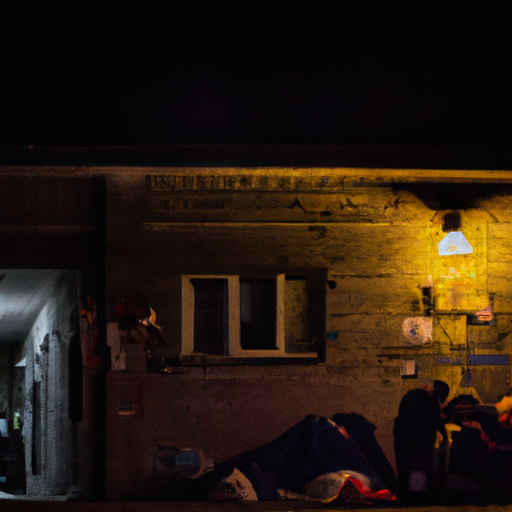Understanding the Dark Reality of the Canadian Opioid Crisis

Stemming the Abject Terror
In a deeply disconcerting piece of news, a recent article from Global News reveals the horrific impact that the opioid crisis is having on families across Canada. The article tells the chilling story of a grandfather who was allegedly stabbed to death by his grandson – a young man reportedly in the clutches of opioid abuse. Such stories lay bare the destructive consequences of the opioid crisis, sparing no community, race or class in its pervasive spread.
The Shocking Reverberations of the Opioid Crisis
The opioid crisis threatens to define this era of Canadian life, spawning stories as appalling as the one above. Yet, it is beyond the realm of personal tragedies that the true scope of the devastation becomes apparent. A closer look reveals that the opioid crisis is a catastrophic maeligstrom, ensnaring the healthcare system, law enforcement, and community support services, among others. Needless casualties, skyrocketing crime, and an increasingly overwhelmed homeless community are just a few of the grim threads in this fabric of destruction.
Key Points: The Real Cost of the Opioid Crisis
- The human toll: The most direct and tragic effect of the opioid crisis can be seen in its human toll. The overdose victims, their grieving families, people living in constant pain, or those driven to violent acts under the influence of drugs – these are the stories that humanize the abstract statistics of the opioid crisis.
- The blight of crime: A surge in opioid addiction often heralds an upsurge in crime rates. People suffering from addiction can frequently spiral into criminal activities to fund their dependence. This affects not only the individual, their victims, and their immediate community, but also the police and court systems that must respond to these crimes.
- The homeless situation: The influence of opioids on homelessness is less recognized but no less profound. Homeless individuals are at a higher risk of drug use, and drug abuse can lead to homelessness. It’s a self-perpetuating cycle that exacerbates the opioid crisis and the issues facing the homeless population.
- Class action lawsuits: The opioid crisis has drawn significant legal attention, leading to numerous opioid class action lawsuits. Governments and individuals are seeking recompense from pharmaceutical companies for their perceived role in instigating the crisis.
Combatting the Opioid Crisis: A Herculean Task
Canada is mounting a robust response to tackle this sweeping crisis. Some of the key strategies include implementing more stringent drug regulations; involving pharmaceutical companies through legal actions; increasing the accessibility to Naloxone – a life-saving drug that can reverse opioid overdoses, and engaging in widespread public education campaigns about the dangers of opioid addiction. Additionally, plans are afoot to provide critical support services to help the vulnerable homeless and drug-addicted populations cope with the crisis.
Conclusion: Finding Light Amidst the Darkness
The Canadian opioid crisis is not just a public health issue; it is a human crisis that puts a stark spotlight on the darkest corners of our society. Yet, steeped in these grim stories are powerful lessons about addiction, socio-economic inequities, and the human capacity for resilience. As we move forward, it is our collective responsibility to confront the opioid crisis and its many threads with a multi-pronged, compassionate approach, creating a safer, healthier Canada for all.
